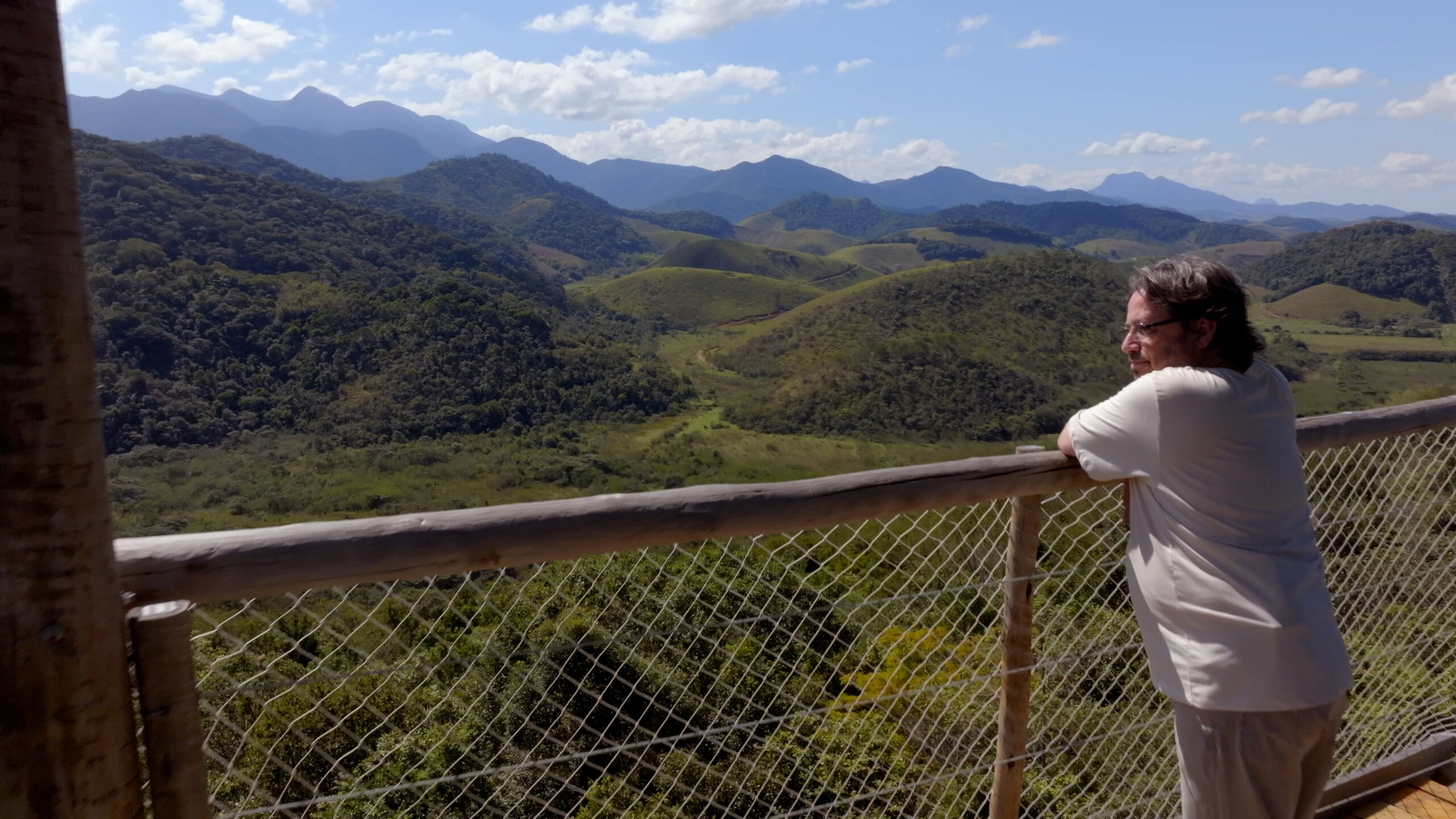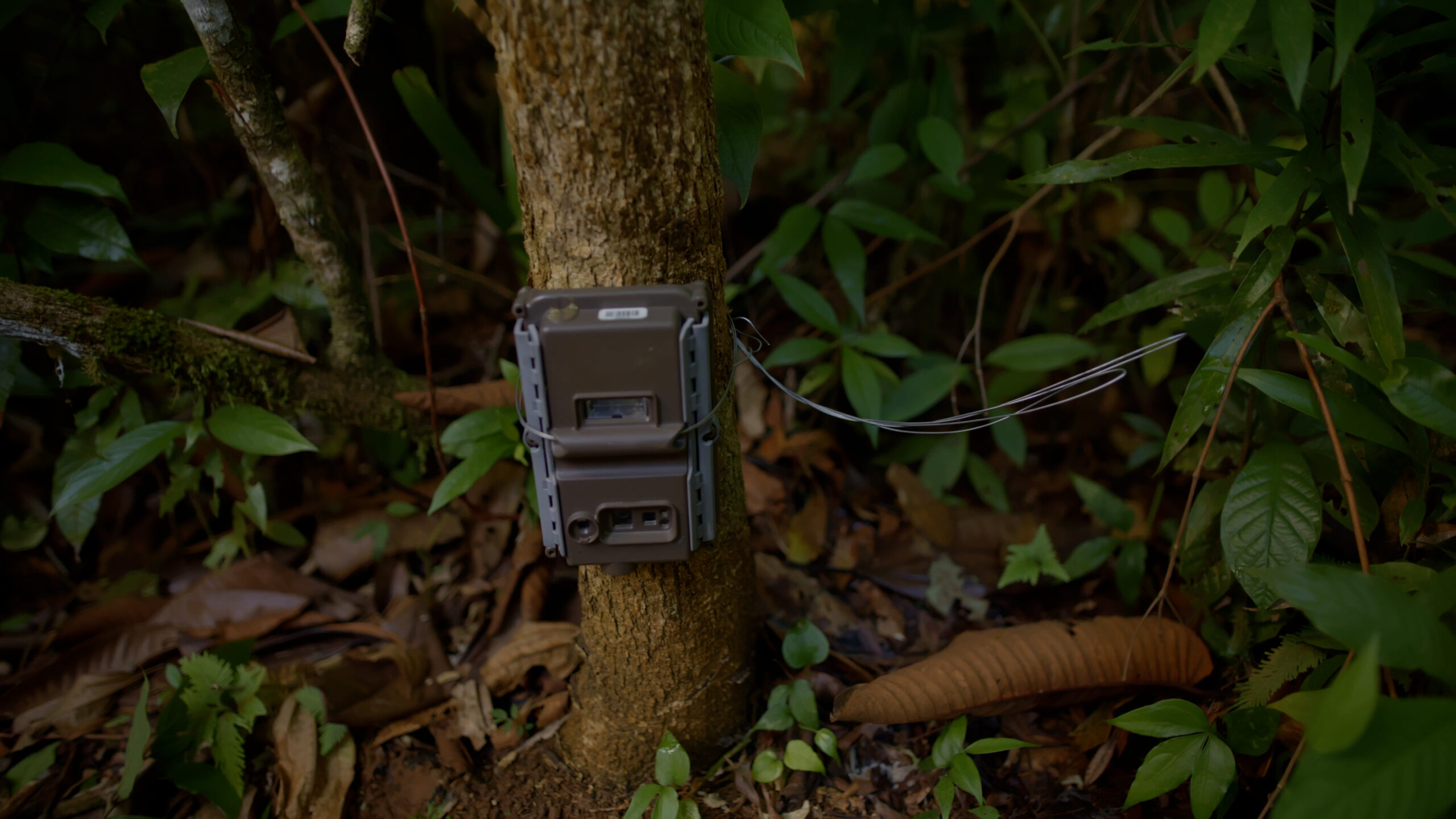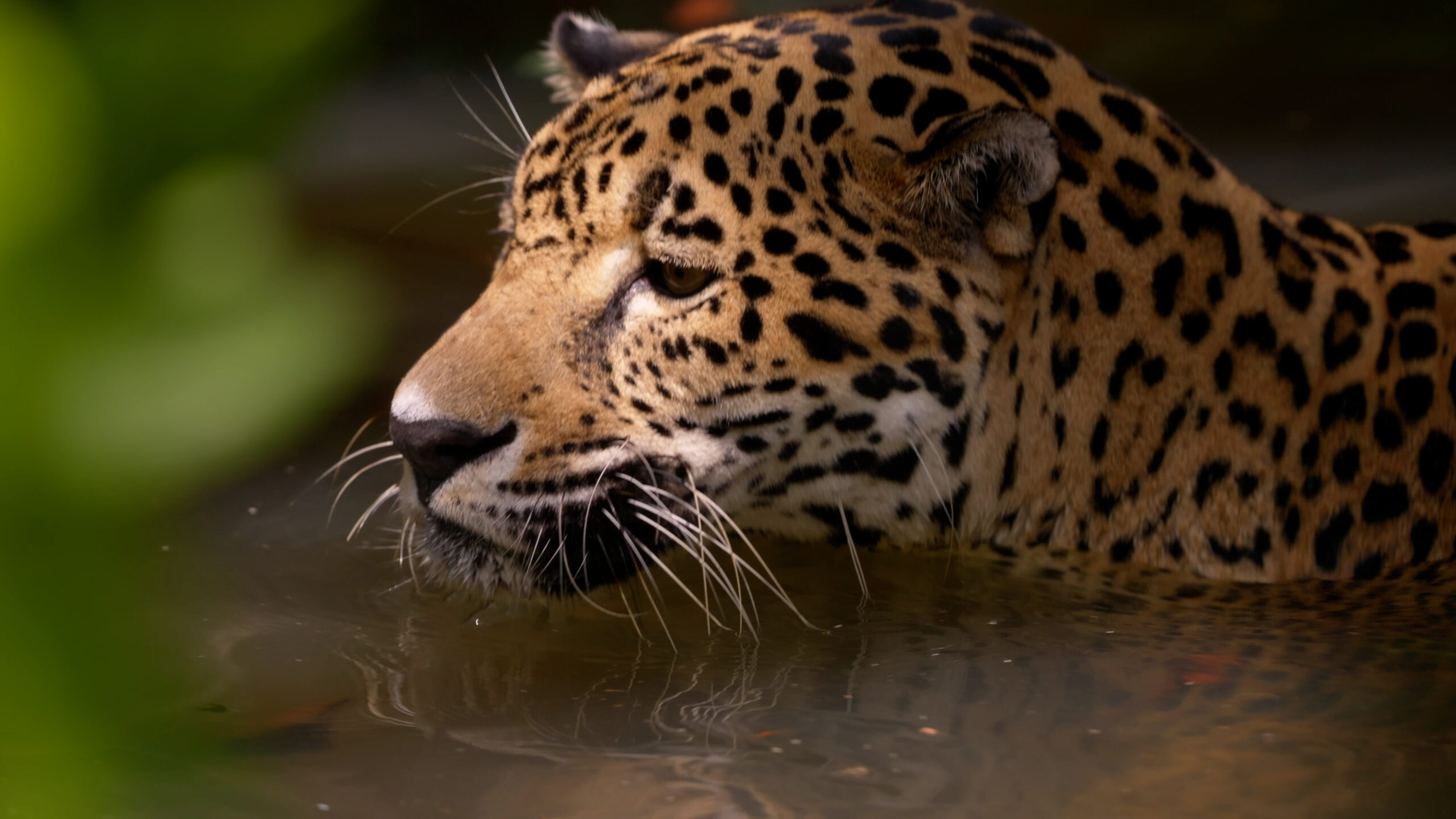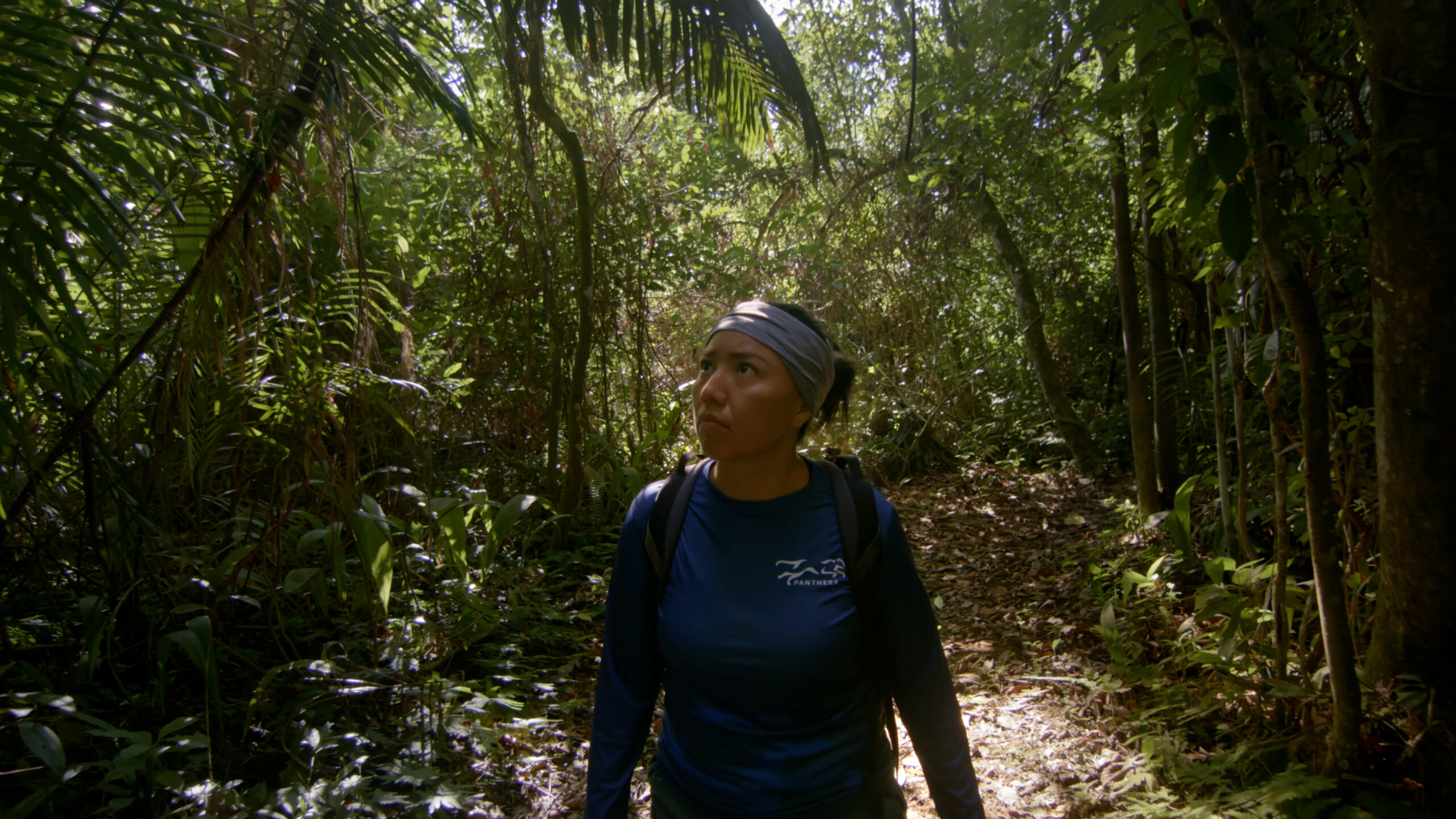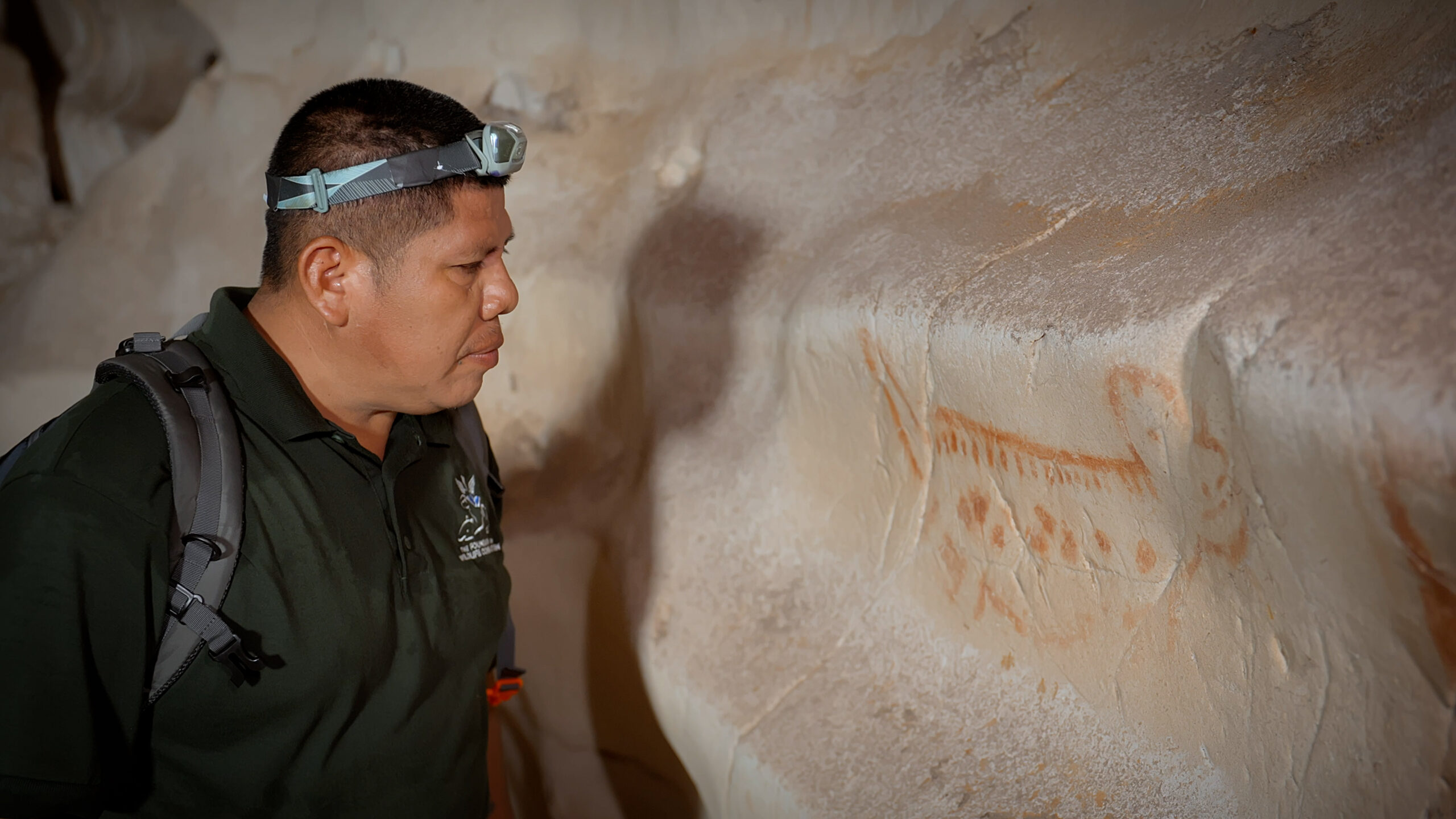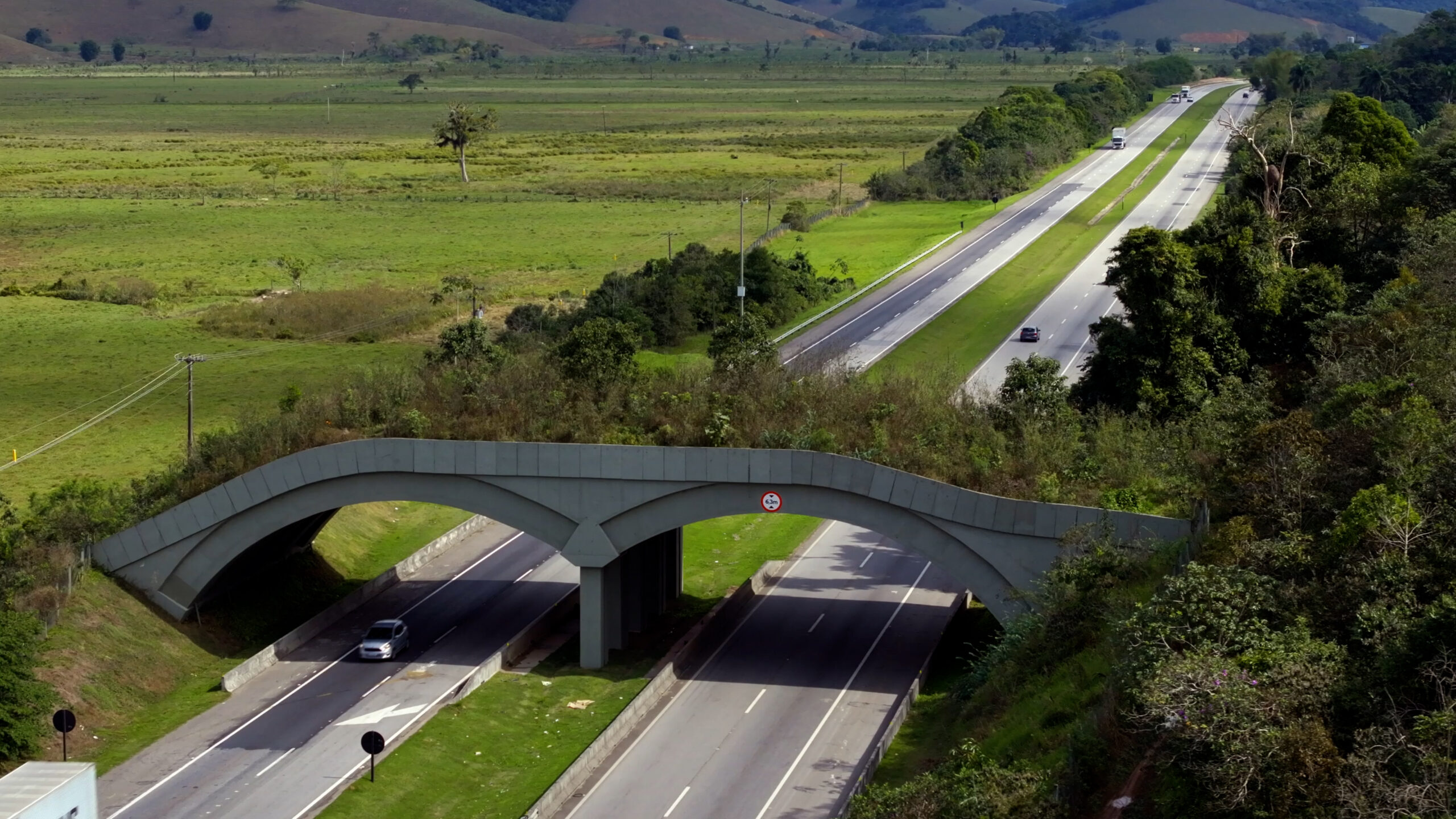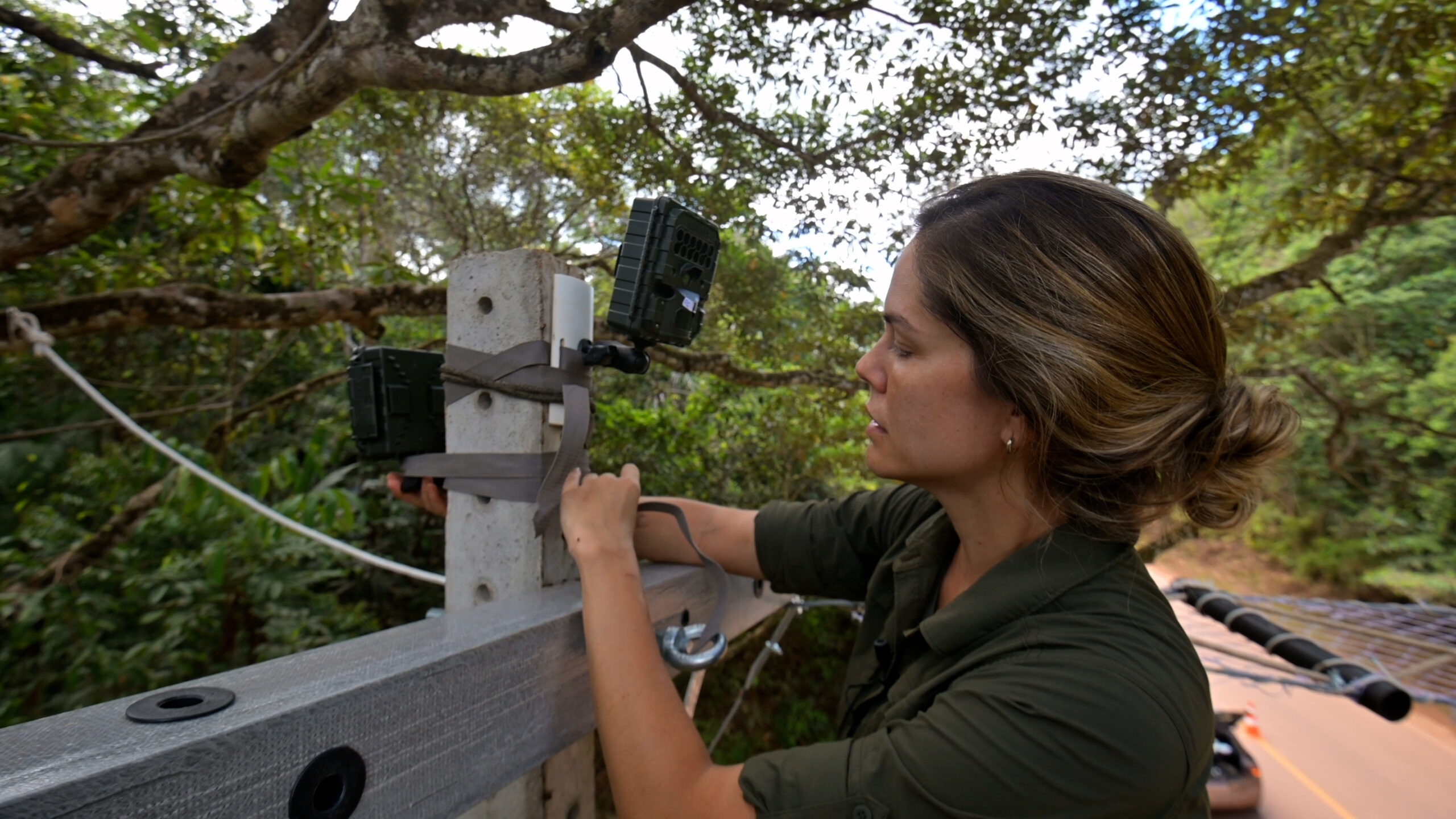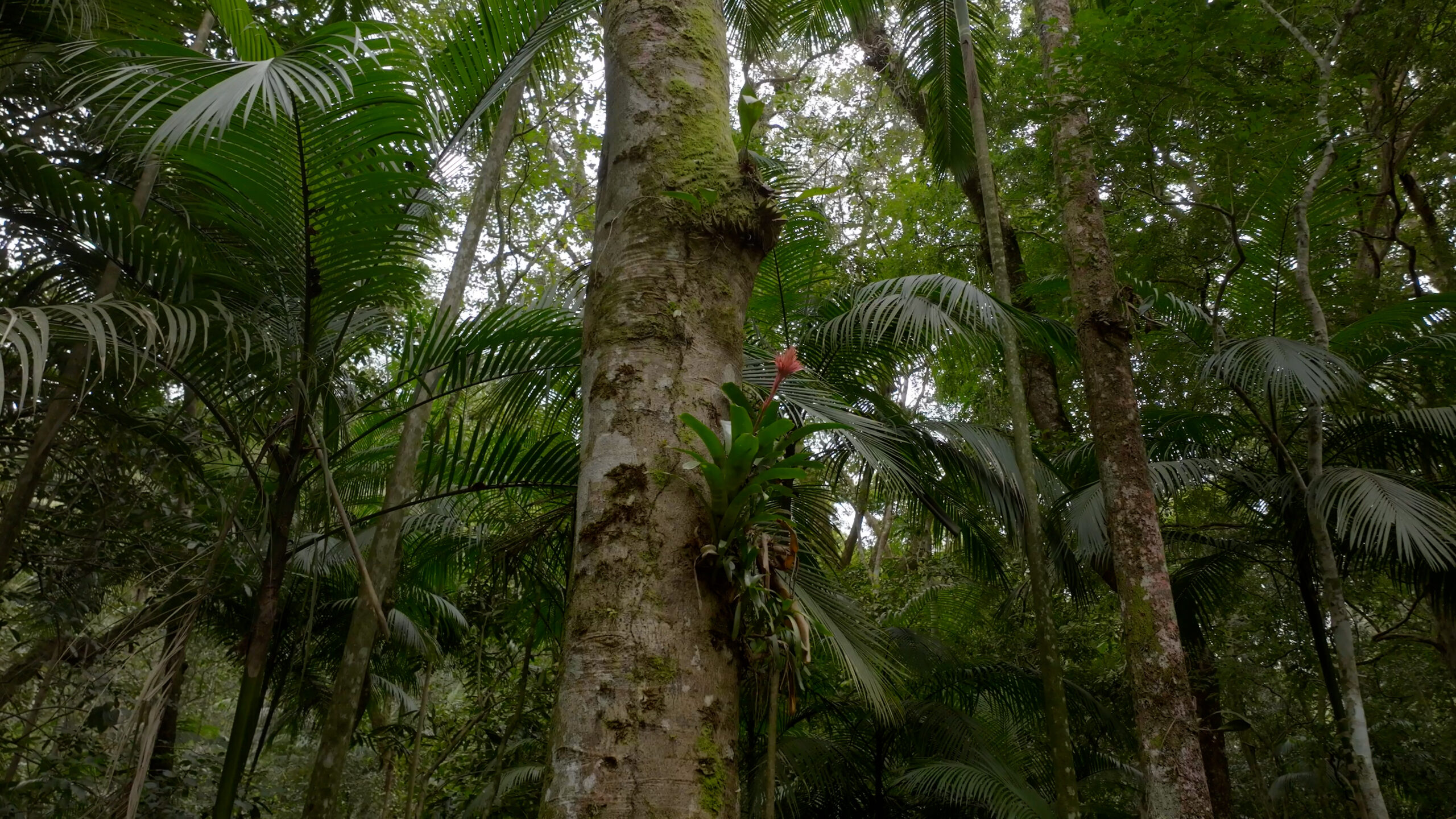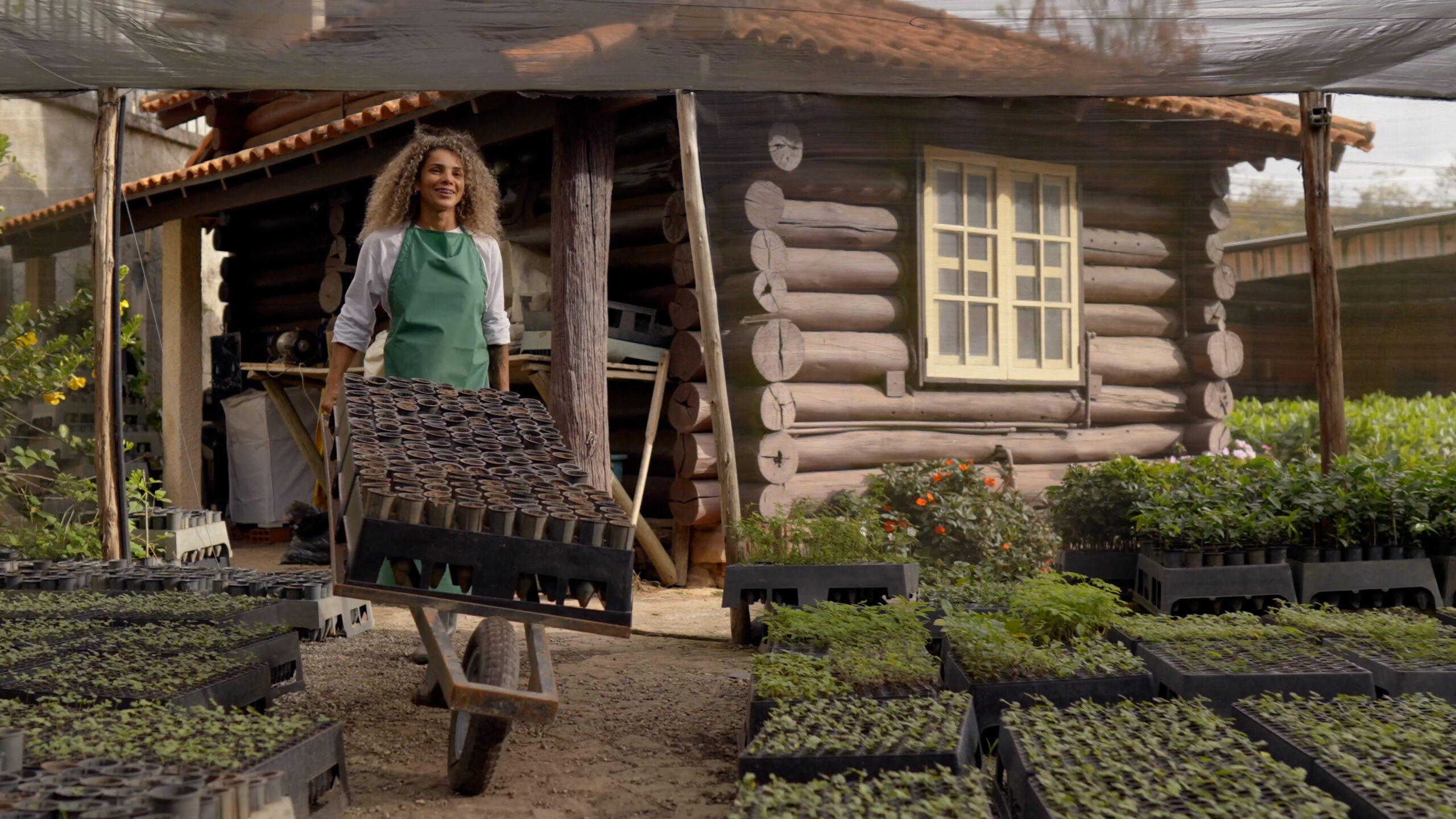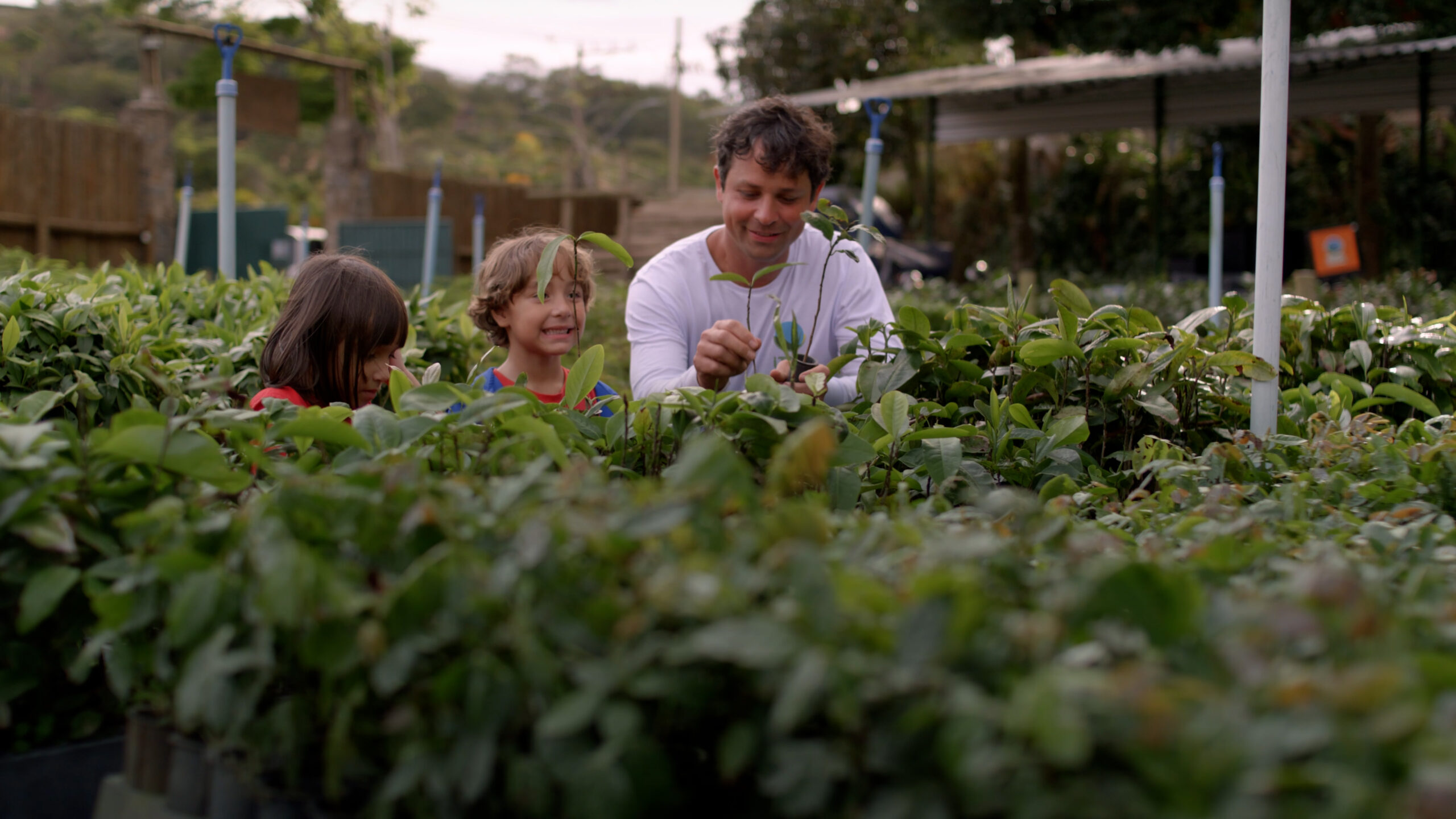Archives: Profiles
-
Wildlife Corridors
Increasingly, wildlife migratory routes are blocked by human-made obstacles like highways, cities, and dams. Wildlife corridors seek to connect as much land and water as possible to give animals the freedom to roam and maintain healthy, genetically diverse populations.
-
Camera Traps for Conservation
Many wild animals are rare, or sneaky, making them difficult to directly observe. Camera traps are a useful tool to tackle this problem.
-
Apex Predators
Apex predators are the kings and queens of the jungle: animals that sit at the top of the food chain with no natural predators. Apex predators like jaguars, wolves, eagles, and sharks keep herbivore populations in check.
-
Emma Sanchez
Emma Sanchez is a wildlife researcher and the country coordinator for Panthera Belize, an organization that pioneered jaguar research and established the first official protected area for jaguars.
-
Ray Cal
Ray Cal is a wildlife ecologist and the manager of Runaway Creek Nature Reserve in central Belize. He is in charge of field operations and maintaining security, so that Runaway Creek continues to stay a model wildlife haven.
-
Wildlife Crossings
Just like humans, wild animals often need to cross busy roads as they roam. But unlike us, they can’t rely on stoplights and crosswalks. That’s where wildlife crossings come in.
-
Fernanda Abra
Fernanda Abra is a biologist with a Ph.D. in Applied Ecology and is currently a postdoctoral researcher at the Smithsonian Conservation and Sustainability Center.
-
Forests as Filters
Among the many benefits of healthy forests is their incredible ability to act as natural water filters. They do this in several ways. Leaves and branches in the forest canopy interrupt the fall of rainwater, slowing its progress and decreasing rainwater-driven erosion.
-
Rejane Duarte Da Costa
As a photographer, Rejane Duarte da Costa opened paths in her work in the environmental world as a field assistant and a hard worker. Seed collection and fire control were part of Rejane Duarte's daily routine until an opportunity arose to work in the nursery of the Instituto Terra de Protection Ambiental (ITPA).
-
Mauricio Ruiz
Mauricio Ruiz is a political scientist and environmentalist renowned in Brazil. He is a winner of the Muriqui award, dedicated by UNESCO to personalities with great influence in the fight for biodiversity conservation.
